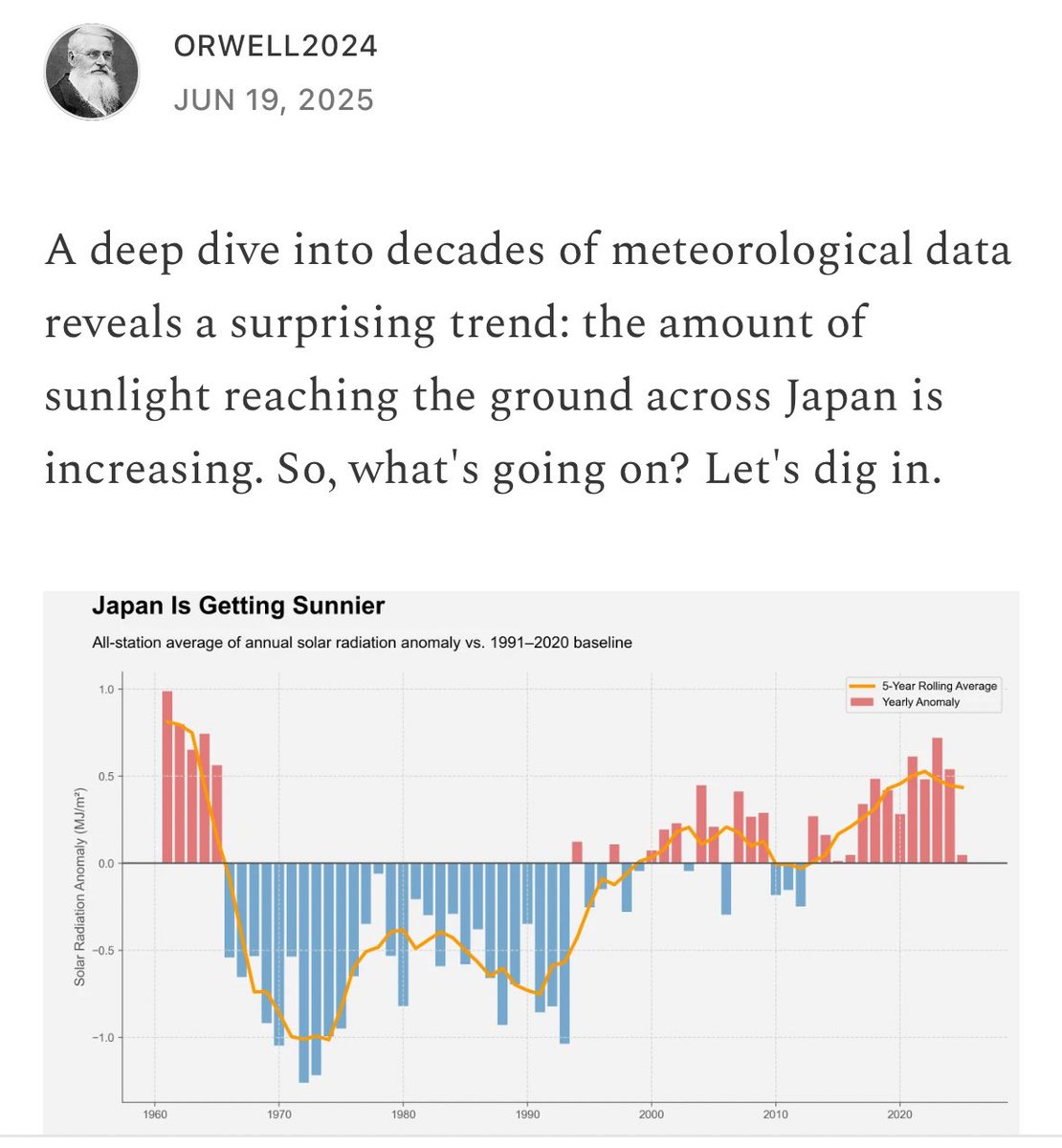200 ha. 20MW average power (random, not at night).
We need +70 of those parks to paper match Isar 2 reactor (which runs 24/7). With storage? 150x
The lifetime ~30 years. Then it is waste. New mining / resource exploitation needed with fossils.
Net zero or insanity?

We need +70 of those parks to paper match Isar 2 reactor (which runs 24/7). With storage? 150x
The lifetime ~30 years. Then it is waste. New mining / resource exploitation needed with fossils.
Net zero or insanity?
https://twitter.com/GvB1480/status/1638641182954725376


So lets add storage (50% efficiency). 150 such parks. Makes 150x200=30.000 ha (min). That is the total area of Munich. PVs is trash in 30 years and needs continuous replacement (fresh fossil powered mining + industry) somewhere in the world.
A "sustainable" plan. #greenwashing
A "sustainable" plan. #greenwashing

The total primary power need for Germany is 460 GW. You would need 460/1.4*30.000 ha ~ 1.5x Bavaria (1.5 times red here) as PV park surface. Sounds like a plan. 

The Great Wall is the largest man-made project in the world. 20,000 km (~2000km2). Germany will beat this by 50x with the Great Solar Park, 100.000km2. 50 times the Great Chinese Wall. Life time 30 year only.
1M km of 100 m PVs. Earth-Moon back twice.
Wir schaffen das 🙂
1M km of 100 m PVs. Earth-Moon back twice.
Wir schaffen das 🙂

A NL engineer showed a calculation that NL does not have sufficient area (incl. the complete Dutch North Sea sector) to produce sufficient energy. The RE Amish utopia only works if Randstad emigrates to Africa and only the farmers stay. Without fossils or nuclear, no NL society.
To the moon and back. That will be generation 2 (you need to make one every 30 years) of the Great Solar Wall. Generation 3 will be on the moon (problem: night is 15 days long there).
The Tower of Babel (to reach the god of the sun) project can begin.
The Tower of Babel (to reach the god of the sun) project can begin.

• • •
Missing some Tweet in this thread? You can try to
force a refresh























